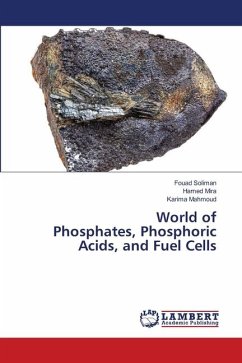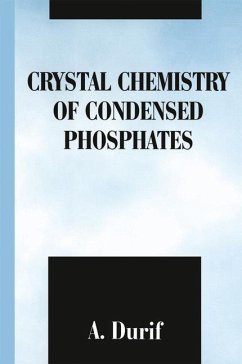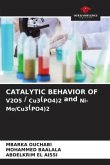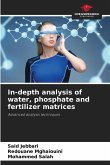Living organisms require phosphorus, a vital component of DNA, RNA, ATP, etc., for their proper functioning. Plants assimilate phosphorus as phosphate and incorporate it into organic compounds and in animals, phosphorus is a key component of bones, teeth, etc. On the land, phosphorus gradually becomes less available to plants over thousands of years, since it is slowly lost in runoff. Low concentration of phosphorus in soils reduces plant growth and slows soil microbial growth, as shown in studies of soil microbial biomass. Soil microorganisms act as both sinks and sources of available phosphorus in the biogeochemical cycle. Short-term transformation of phosphorus is chemical, biological, or microbiological. In the long-term global cycle, however, the major transfer is driven by tectonic movement over geologic time.








